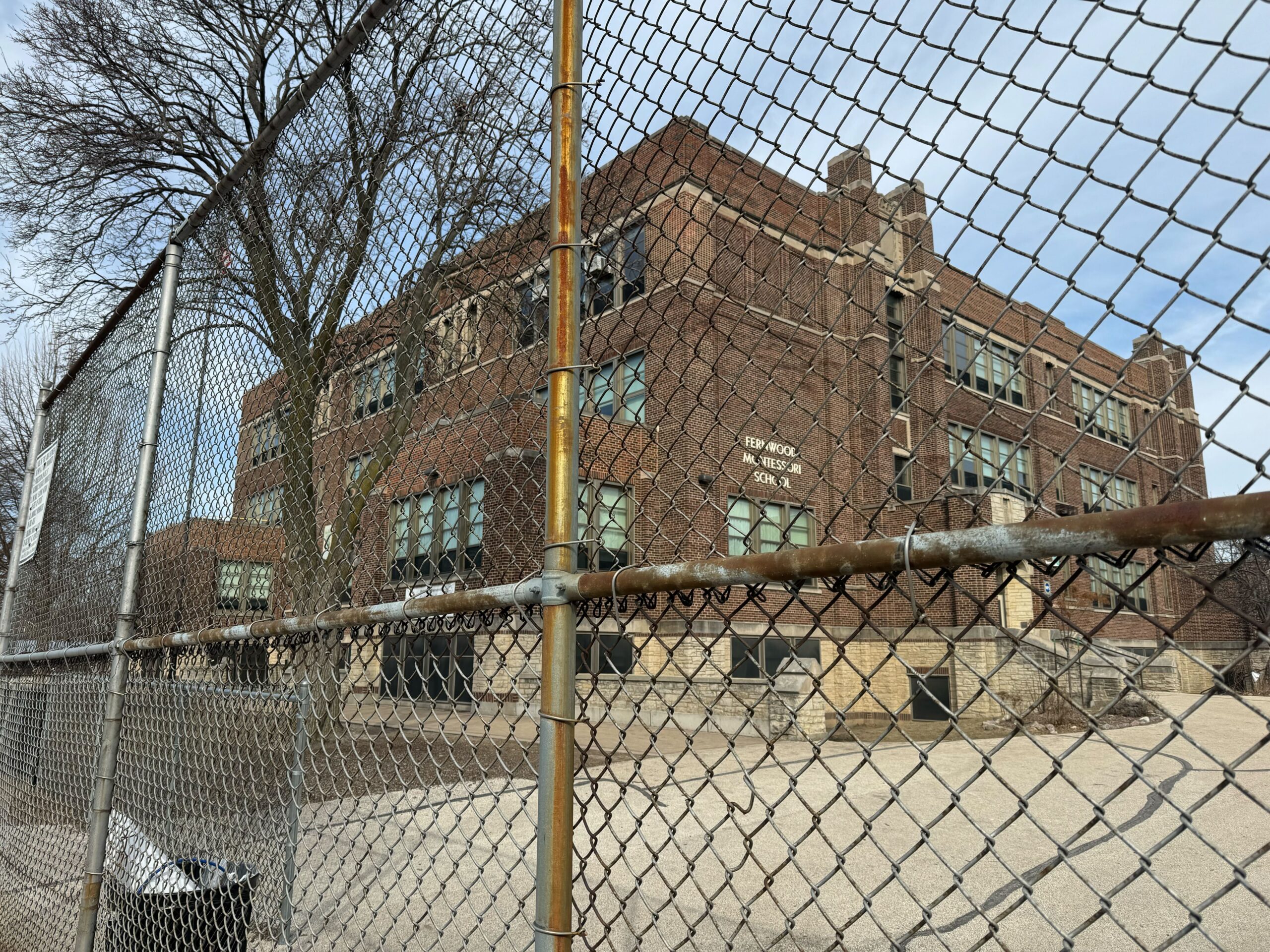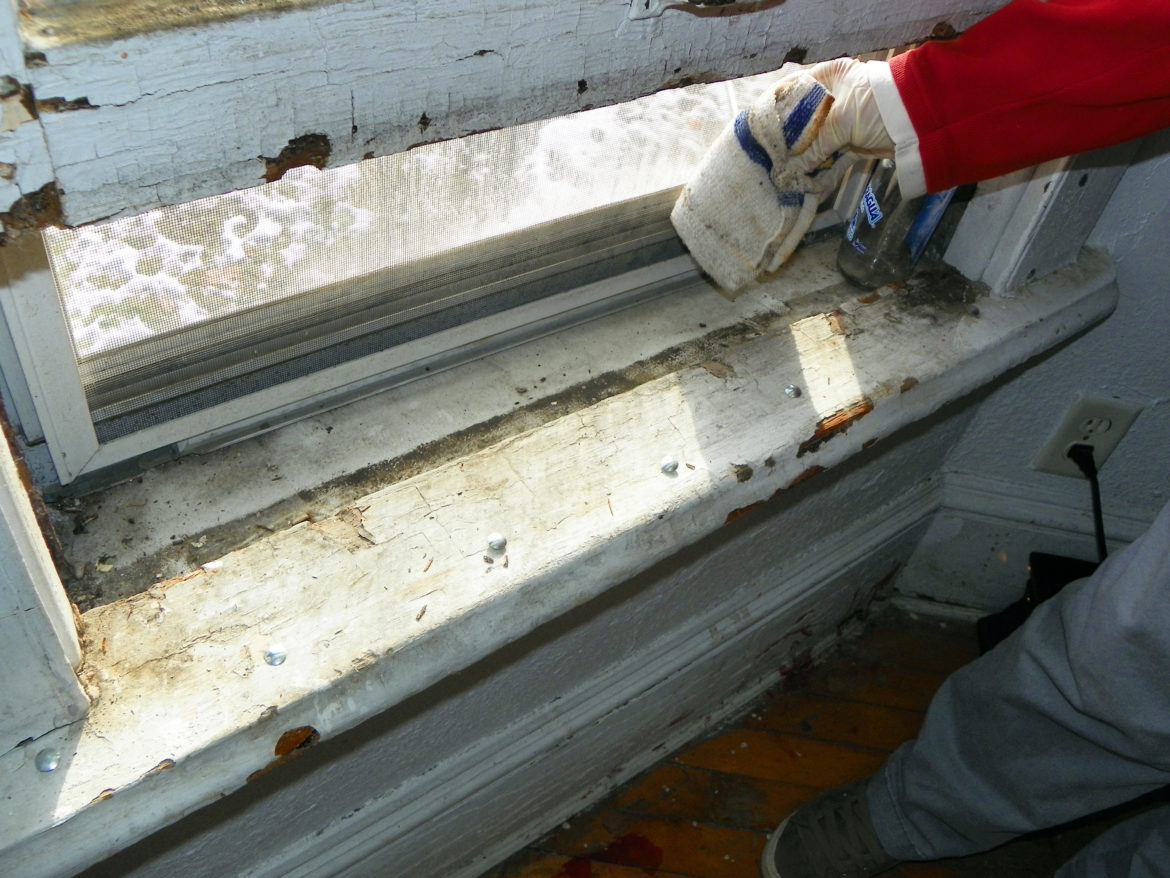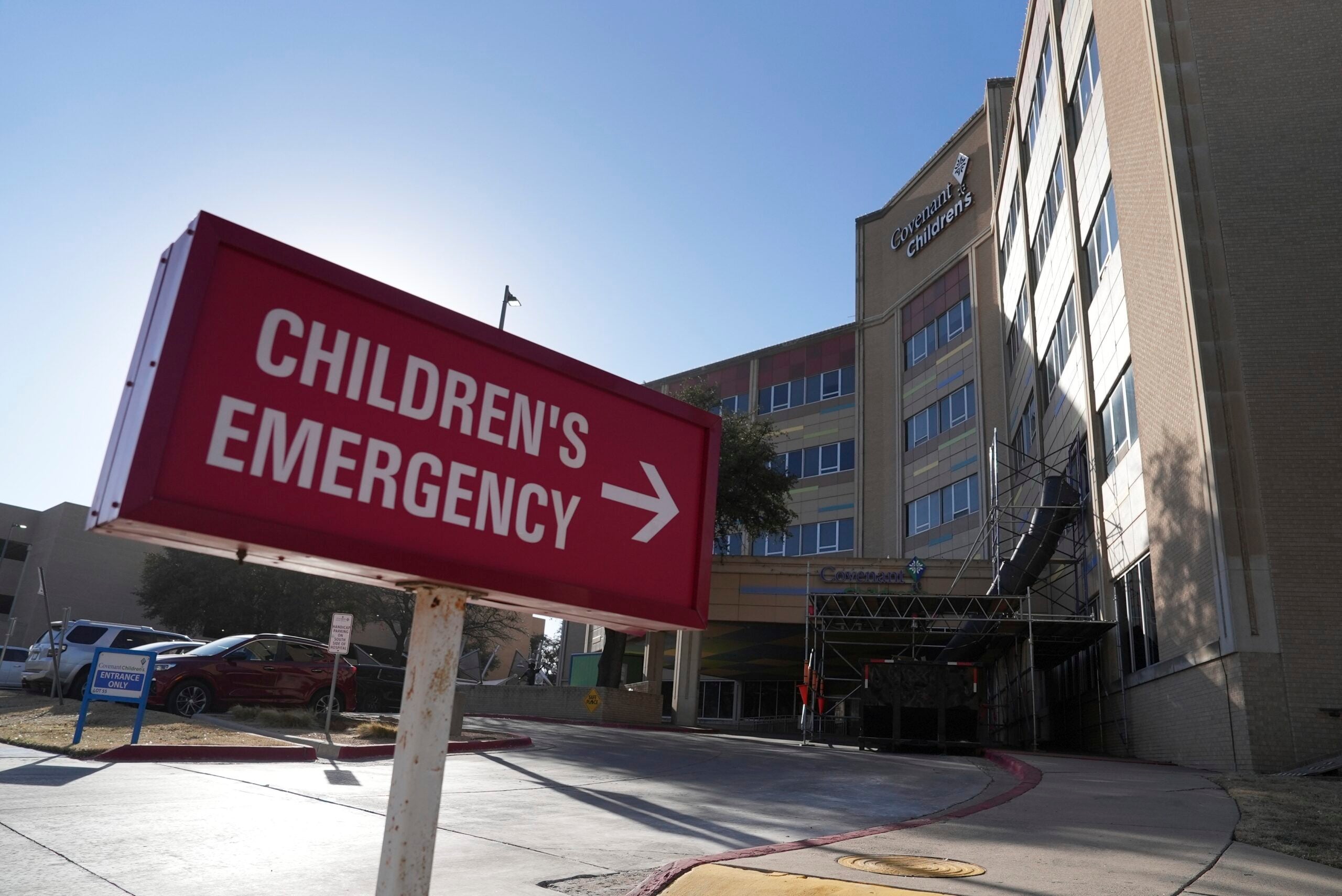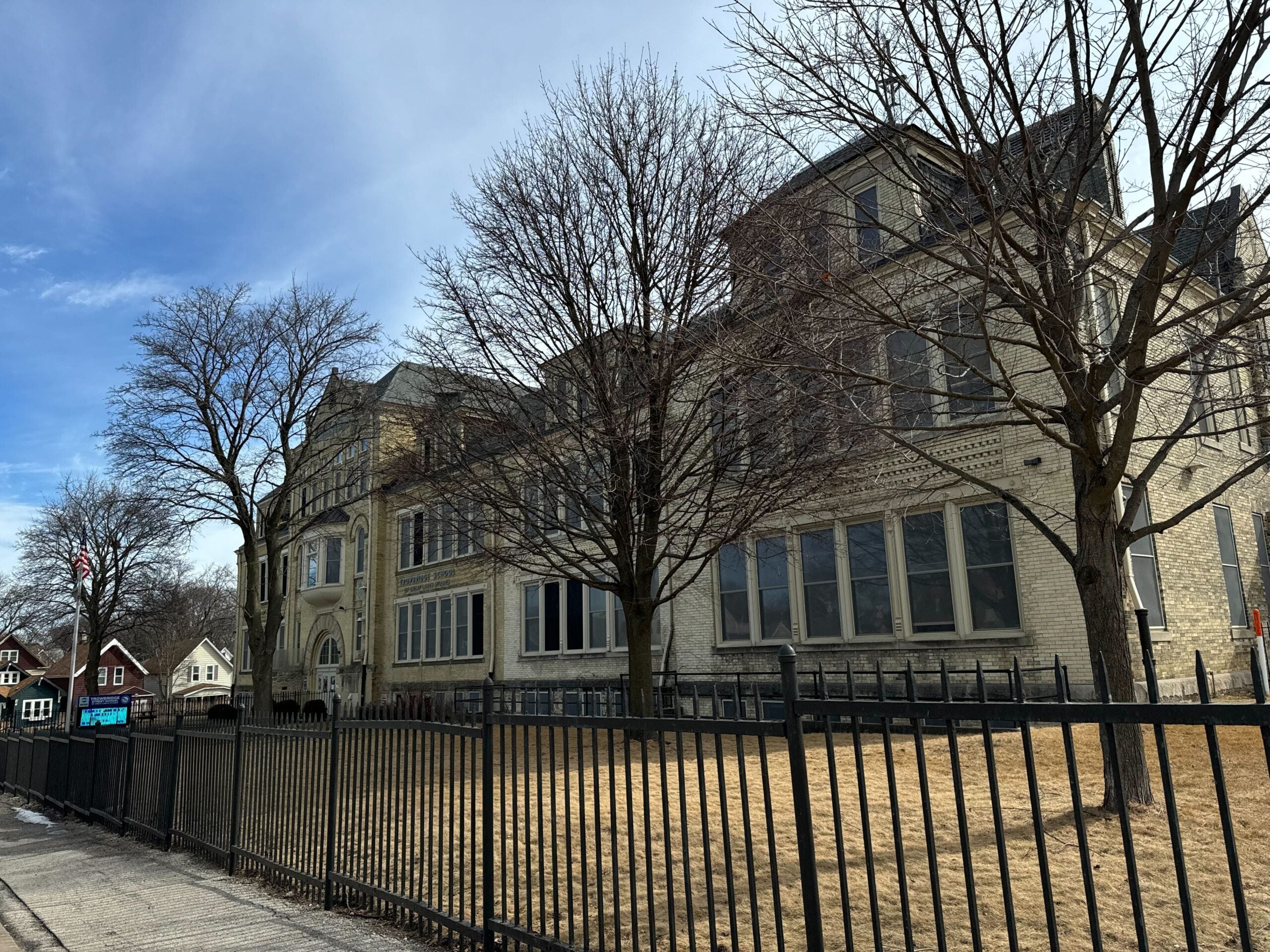New research found children are at a higher risk of developing asthma if they’re from a neighborhood affected by redlining in U.S. cities that include Madison.
The discriminatory federal housing policy from the 1930s blocked access to credit for people living in neighborhoods with primarily Black or immigrant residents. It’s had long-lasting impacts on housing segregation in U.S. cities.
Redlining has already been linked to higher rates of poverty, shorter life spans and other negative health outcomes.
Stay informed on the latest news
Sign up for WPR’s email newsletter.
The new study dials in further by showing that high rates of childhood asthma fall along these discriminatory boundaries.
It used data from several large asthma research projects that followed more than 4,800 children from birth. Researchers used the data from seven U.S. cities, including Madison, to compare patient’s family home locations against old redlining maps.
Dr. Jim Gern, pediatrics professor at the University of Wisconsin-Madison and one of the study’s authors, said the findings could influence the current public health approach to preventing asthma.
He said medical research has mostly focused on individual interventions, like minimizing smoking at home or improving exercise for kids. But this study shows neighborhood factors are just as important.
“This is an example where a willful lack of investment in neighborhoods in the 1930s led to really poor social conditions, that then led to increased rates of asthma and likely other diseases in children,” Gern said.
He said lower property values are directly linked to more pollution from highways and manufacturing, and less access to green spaces and healthy foods that families need to thrive.
Gern said children in Madison were on average better off than other cities in the study, which included New York, Detroit and St. Louis. But he said the link is still clear between higher rates of asthma and low-income neighborhoods.
Fixing the long-term impacts of redlining is still a long way off, Gern said. But he’s hopeful the study’s findings will influence future city planning.
“Studies like this are really going to help us to understand that public policies are really necessary to ensure that children grow up in healthy neighborhoods,” he said.
Wisconsin Public Radio, © Copyright 2025, Board of Regents of the University of Wisconsin System and Wisconsin Educational Communications Board.





